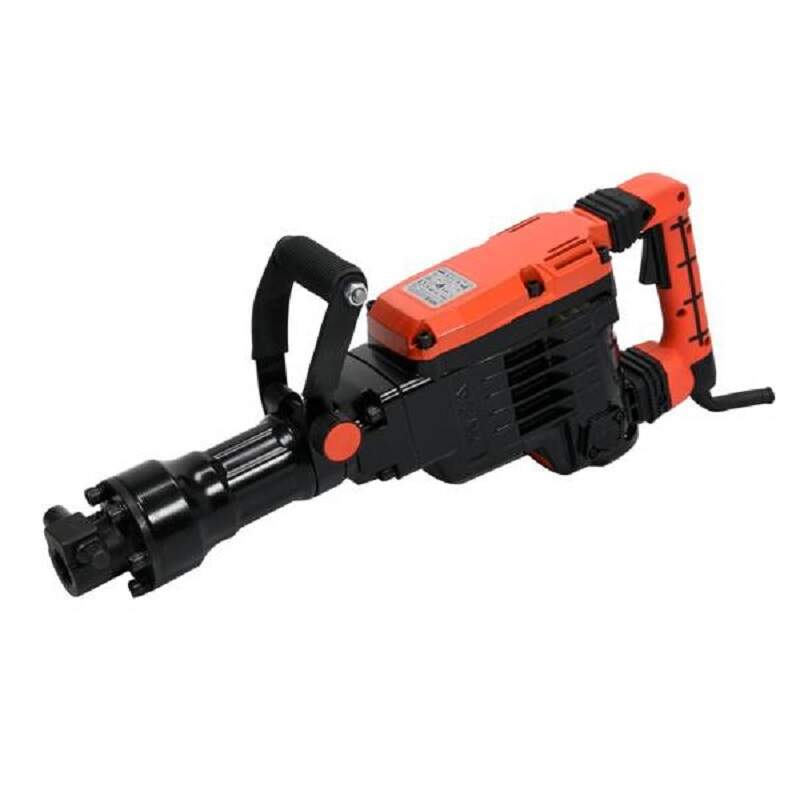Email format error
Email cannot be empty
Email already exists
6-20 characters(letters plus numbers only)
The password is inconsistent
Email format error
Email cannot be empty
Email does not exist
6-20 characters(letters plus numbers only)
The password is inconsistent






A demolition hammer is a powerful electric or pneumatic tool designed for breaking concrete, brick, and other hard materials. It features a heavy-duty hammer mechanism that delivers high-impact energy, making it ideal for tasks such as breaking up floors, walls, and ceiling structures during renovation or construction projects. Demolition hammers are often used in heavy construction and demolition work due to their efficiency and effectiveness in tackling tough materials. Safety gear is recommended when using this tool due to its high level of noise and vibration.
1. Powerful Impact Mechanism: Demolition hammers use a high-energy hammering action to effectively break through tough materials like concrete and masonry.
2. Heavy-Duty Design: Built for durability, these tools are designed to withstand heavy use on demanding construction and demolition sites.
3. Variety of Chisels: They typically come with interchangeable chisels or bits, allowing users to choose the right tool for specific tasks, such as chiseling, digging, or scraping.
4. Electric or Pneumatic Options: Demolition hammers can be powered either by electricity or compressed air, offering flexibility based on job requirements and site conditions.
5. Ergonomic Grip: Many models feature an ergonomic handle design to reduce user fatigue and improve control during operation.
6. High Energy Efficiency: Despite their power, modern demolition hammers are often designed to be energy efficient, providing maximum performance with less power consumption.
7. Safety Features: Equipped with safety features such as overload protection and vibration-absorbing handles to enhance user safety during operation.
8. Portability: Most demolition hammers are relatively lightweight and portable, making them easy to transport between job sites.
1. Concrete Breaking: Ideal for breaking up concrete slabs, walls, and tie beams during construction or renovation projects.
2. Masonry Chipping: Used for chipping away brick, stone, or mortar in masonry work, making it easier to repair or replace damaged sections.
3. Floor Removal: Effective for removing old flooring materials, such as tiles or concrete floors, prior to renovation or repair.
4. Asphalt Demolition: Suitable for breaking up asphalt in road repair or resurfacing projects, helping to prepare surfaces for new layers.
5. Structural Alterations: Commonly used in renovations for removing or altering structural elements of buildings, such as removing walls or openings for doors and windows.
6. Utilities Installation: Frequently utilized for trenching and preparing the ground when installing utilities such as plumbing and electrical systems.
7. Foundation Work: Helps in breaking up and removing concrete or dirt during foundation excavation and repair tasks.
8. Renovation and Remodeling: A valuable tool for contractors during home renovation projects, facilitating quick and efficient demolition of unwanted structures.
9. Restoration Work: Used in restoration projects to remove old or deteriorated materials, allowing for new installations or repairs.



